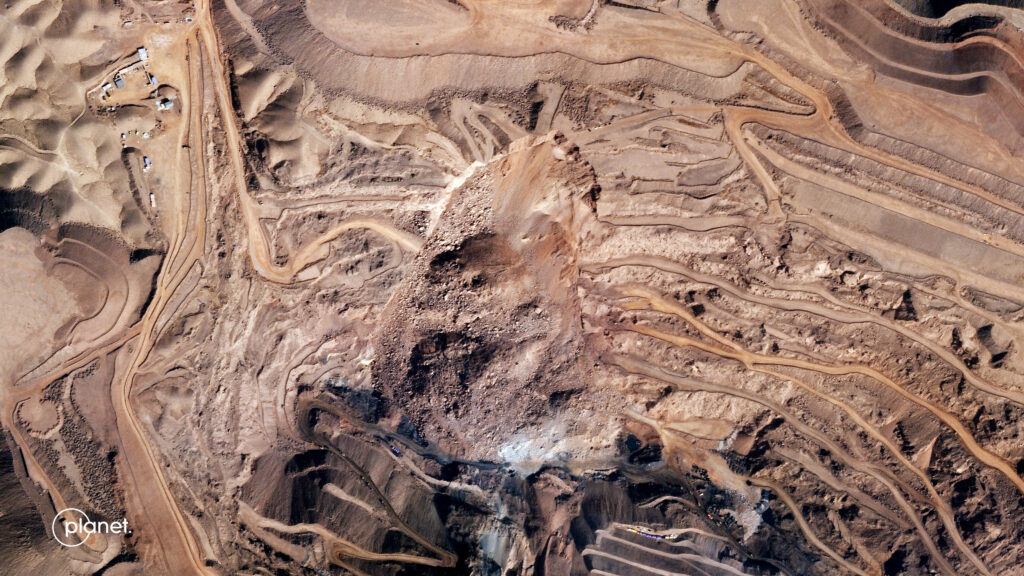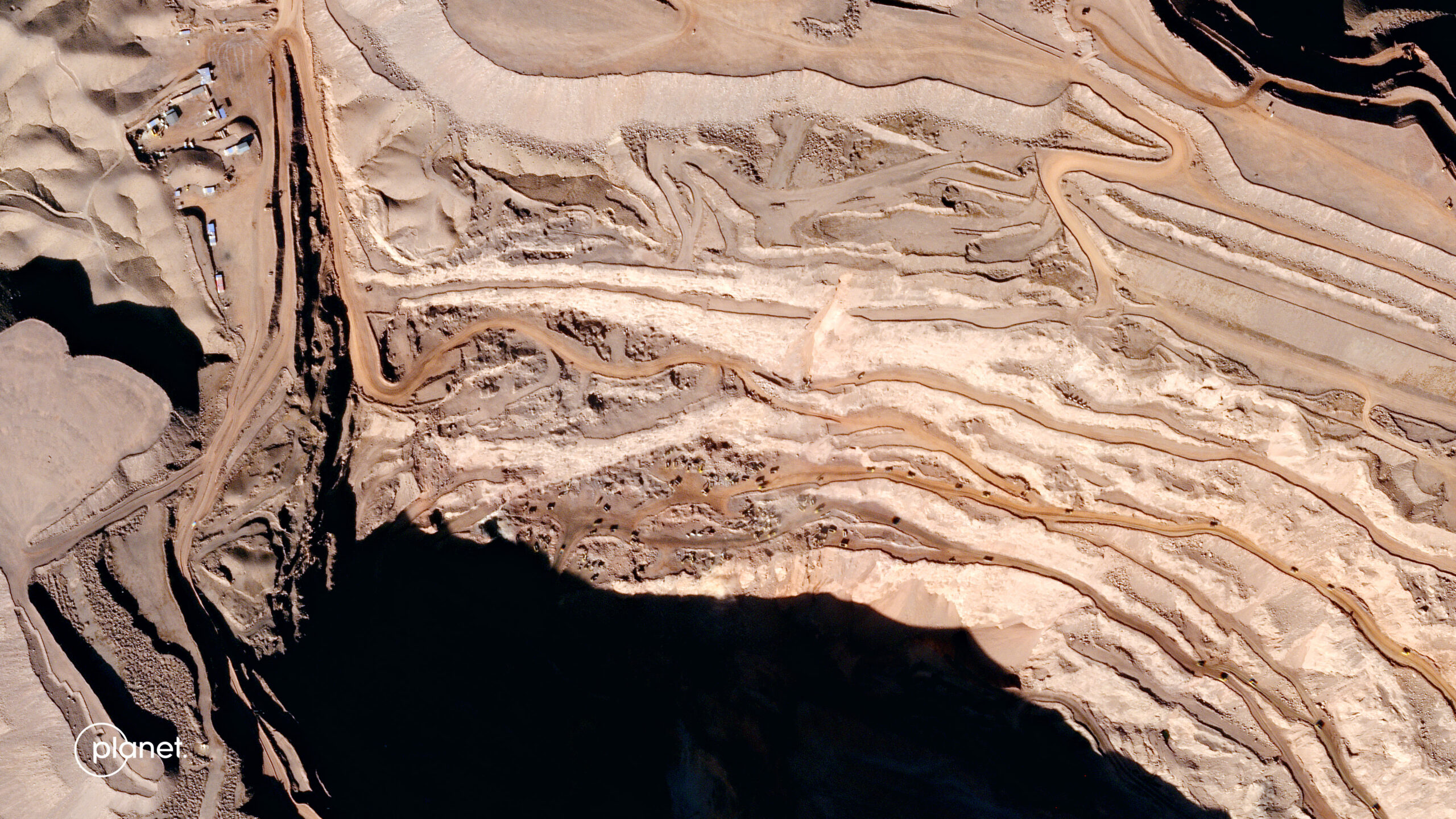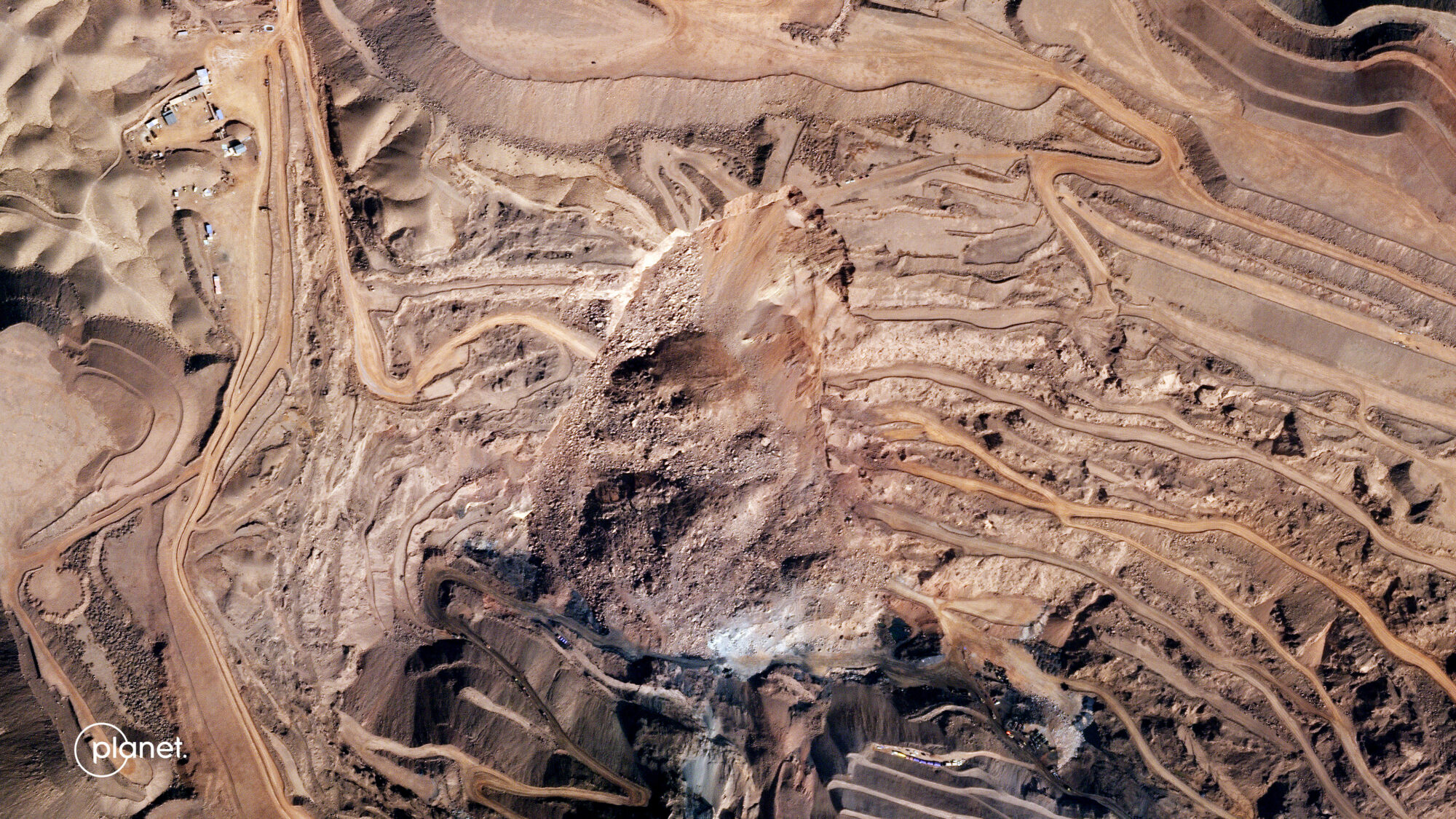The Landslide Blog is written by Dave Petley, who is widely recognized as a world leader in the study and management of landslides.
At 13:12 local time on 22 February 2023, a large landslide occurred at the Xinjing open-pit coal mine in Inner Mongolia. The failure killed 53 people and injured a further 6 individuals. A new paper in the journal Landslides (Li et al. 2025) explores the causes of this significant failure.
I posted two pieces about this landslide at the time on the old site for this blog. In the first, I described the event (I note that the video I embedded has now been removed), whilst in the second I posted a high resolution Planet Labs image of the site. This is the image (the location of the landslide is [38.9828, 105.6556]:-

I also included a slider that allowed comparison of Planet Labs images captured before and after the landslide:-


Li et al. (2025) have undertaken a detailed study of the slope, focusing on high resolution imagery and InSAR data, concluding that the failure was structurally controlled. The resultant landslide, initiated by excavation at the toe of the slope that allowed sliding on existing discontinuities, was a wedge failure. The InSAR data suggests that movement was visible from the point at which excavation started in this area of the Xinjing open-pit coal mine, but that movement accelerated in August 2021, and that the rate of deformation steadily increased from that point onwards. The greatest movement was seen at the foot of the slope – by the time the landslide failed almost 30 cm of displacement had been recorded in this area.
The tragedy is that this measurable deformation was not used at the time to identify the developing hazard. Movement of the slope was occurring for 18 months before the failure occurred. No explanation is given for this in Li et al. (2025). However, in March 2024 Xinhua reported the following:-
“Investigations found that the accident was a result of illegal construction and production of the coal mine, reckless operation of the contracting construction company, falsification activities of the intermediary agency and supervision company, lax supervision by relevant departments, and loss of management and oversight by local party committees and governments.”
References
Li, J., Yang, T., Deng, W. et al. 2025. Evaluating failure mechanisms of excavation-induced large-scale landslides in Xinjing open-pit coal mine through integrated UAV imagery and 3D simulation. Landslides. https://doi.org/10.1007/s10346-025-02460-8.
Many thanks once again to the wonderful team at Planet Labs. Their ongoing support is remarkable.
Planet Team (2025). Planet Application Program Interface: In Space for Life on Earth. San Francisco, CA. https://www.planet.com/


